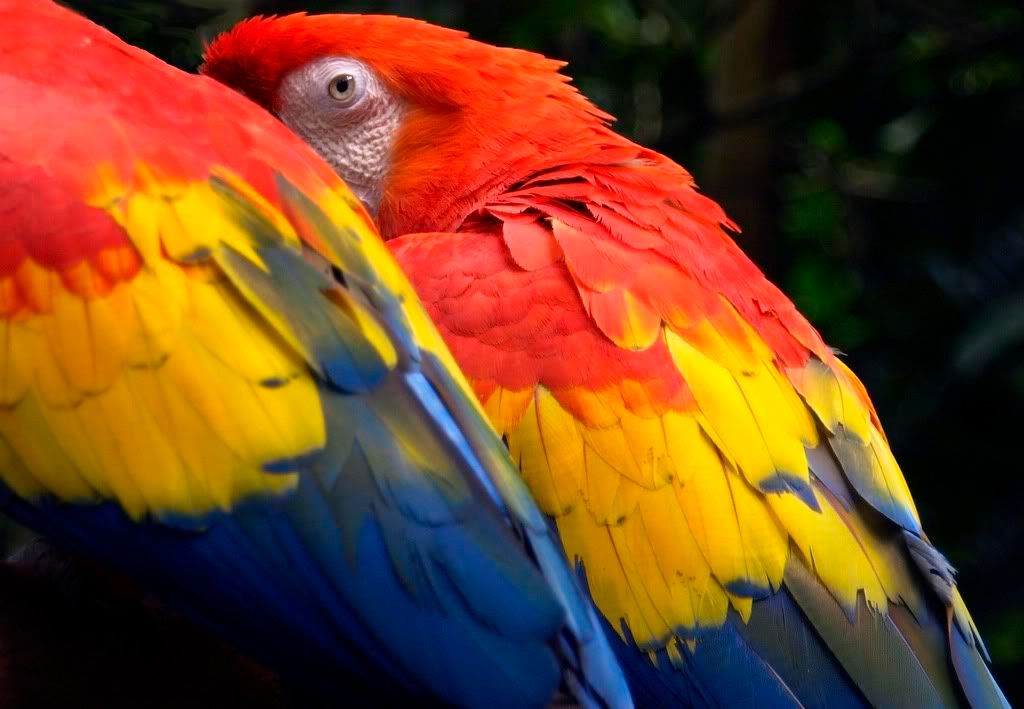You are using an out of date browser. It may not display this or other websites correctly.
You should upgrade or use an alternative browser.
You should upgrade or use an alternative browser.
You hold your right foot up and shake it all about...
- Thread starter Roger
- Start date
Yes. I want to add some wide angle lenses to the inventory soon, but that is the best lense for just walking around, in and out of buildings, and grabbing shots. I reallly like it. It has its limitations, but so does any lens, I guess."Roger" said:Kiki, are you using the the 18-180 lens? (trying to figure out equiv.)
What made you guess that one?
Last edited by a moderator:
"Kiki" said:What made you guess that one?
Okay, in the post a few back where you posted 4:
First one was with the E-510, at 180mm.
Second was with the S3IS, so I disregarded it (and it appeared to have the most reach)
The last one with the G&R one chewing on the post was at 18mm.
And your last B&Y one was at 171mm, so I guessed that you had an 18-200ish lens, but was confused by the 180mm one, so I looked on Olympus' website and saw the 18-180. It seems that everybody except for Canon has one of those size lenses.
So I know:
180mm = 360mm equiv
18=36mm equiv
I'm getting used to having an all-in-one for the really the first time.
With 35mm my workhorse was 28-105, and I'd use my 20mm sometimes and for telephoto I really only got out to 200mm for the longest time. Switch over to digital and my workhorse became 45-168. Moved up in the L series, and Canon's all-in-one (that isn't a bazooka) hasn't been updated for the digital era, it's still 28-200. And it's really not that good. But the L equiv to my workhorse was the 24-105, so I would still have to use multiple zooms...
Now I'm looking forward to using one lens most of the time, and then switching to an ultra-wide angle (hey maybe the Tokina 12-24 price will drop like a rock when the new one arrives stateside!)
Last edited by a moderator:
I LOVE the sleuthing! You had that one under control.
I like the Zuiko lenses because they are designed for digital and it seems to make a difference, although I couldn't quantify it.
I just sold 2 complete 35mm outfits for peanuts (not the one in the picture either...). One I had for almost 40 years, the other about 25. I was never going to use them again, so I suppose that was the right thing to do...
I like the Zuiko lenses because they are designed for digital and it seems to make a difference, although I couldn't quantify it.
I just sold 2 complete 35mm outfits for peanuts (not the one in the picture either...). One I had for almost 40 years, the other about 25. I was never going to use them again, so I suppose that was the right thing to do...
Thanks!"Kiki" said:I LOVE the sleuthing! You had that one under control.
I like the Zuiko lenses because they are designed for digital and it seems to make a difference, although I couldn't quantify it.
I'm trying to remember where I read this as I'm typing but it actually does. Lenses designed for digital reflect the light differently than film needed to. Because the sensor has to receive the light through the microlenses at a straight line in order to hit the pixels underneath. Film grains could expose when hit at an angle, so I'd say almost every manufacturer (ahem except for *cough* 30-2, Shimomaruko 3-chome, Ohta-ku, Tokyo) has developed specific coatings to bring the light 'back into line' as part of the whole lens design plus (Now if that manufacturer really has, and just hasn't published the fact, I apologize). Nikon has their nano-coating, Sigma calls theirs DG, Tamron Di, etc.
I just sold 2 complete 35mm outfits for peanuts (not the one in the picture either...). One I had for almost 40 years, the other about 25. I was never going to use them again, so I suppose that was the right thing to do...
I haven't given up my Canon FtB yet either. Not sure why. I do have a handful of 35mm rolls left (and two 120 as well, go figure), but I haven't touched them in 2 years, and even then, it was to take a dozen plus rolls at Disneyland, including my one roll of Scala that I had left!
Last edited by a moderator:
Here's what Olympus says about their Zuiko lenses:
Designed to meet the needs of the professional photographer, the ZUIKO DIGITAL lens was born of an uncompromising commitment to performance, in order to achieve the best combination with the digital SLR camera. The lens features high resolving power, to get the most out of the imaging element. Specially designed for digital applications, it allows light to strike the image sensor at a near-perpendicular angle, minimizing degradation and light loss, even in the image periphery or when using a wide-angle lens. In addition to supporting high-speed, accurate focusing, manual focus has an extremely natural feel, and both zooming and focusing are simple and intuitive.
Designed to meet the needs of the professional photographer, the ZUIKO DIGITAL lens was born of an uncompromising commitment to performance, in order to achieve the best combination with the digital SLR camera. The lens features high resolving power, to get the most out of the imaging element. Specially designed for digital applications, it allows light to strike the image sensor at a near-perpendicular angle, minimizing degradation and light loss, even in the image periphery or when using a wide-angle lens. In addition to supporting high-speed, accurate focusing, manual focus has an extremely natural feel, and both zooming and focusing are simple and intuitive.
Beautiful!"joedisney" said:Now I do have 1 where I got close....






